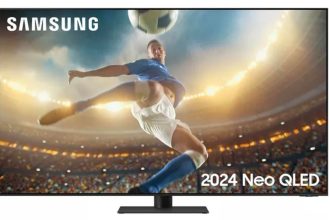There are many important factors that merchandisers must focus on. However, the most important one is applying your knowledge of what your customer likes, wants, and buys when you set up your merchandise plans. After all, she is likely to react to initial price points, promotions, and, ultimately, markdowns taken on a product. With a goal to sell as much product as possible at full price (or at least some profit), the more you know about your customer and what motivates her to shop, the better.
Fortunately, these days there is a lot of data available. It’s worth reviewing because it can present a different picture than management expected. The merchandising experience that gives your store a special glow comes from successfully mining that data. It will help you make new and revolutionary decisions.
It’s important to recognize that not all customers are created equal. My approach to building the most successful merchandise strategies starts with an understanding of who your most profitable customers are. All customers are important, but not all make money for you. Many customers only come for bargains and are not the best prospects to buy fresh, new merchandise that has not been marked down. You want to focus on capturing the attention, and the spending of, what I call a ‘highly valued customer’. She is one who repeats her visits to your store, knows your salesperson, and trusts her.
Once you have acquired the customer’s trust, you have to focus on what she and her friends buy from your store and whether the products are profitable. Then, recognize that your store associates can serve as ‘influencers’ and encourage these customers to come back and shop for new items that are likely profitable. At the same time, these trusted professionals can use their influence to give product innovations a chance to gain momentum and sustain profitable sales.
My observation is that a personal letter or direct promotion can reinforce all of this. A direct message to a customer is likely to get her attention, especially if it signed from one of the executives running the store, i.e., President, Chief merchant or some other exalted title.
My discussion of product development is based on customers and profits. The merchant must be aware of new developments in the market; at the same time, your sales force has to be consumer-centric. They should stay connected and maybe call the customer or even write to them so they are aware of changes in customer demands. Combining merchant resourcefulness and customer insights from the store team will position your store to stay ahead of competition. Be first, be excited and be available to discuss your new products because I believe there is an urgency for change.
Recently a publication, “Edited”, talked about the ‘urgency for change’. The unifying theme creating the need for change is that customer behavior has fundamentally changed, and the cost of doing business with customers has fundamentally changed as well. Remember, they said, this is a journey, not a lightswitch. However, there is a strong imperative to start making changes sooner rather than later. And to make change in the most effective way, you must evaluate where your organization is now and start taking the necessary steps toward a more customer-centric mindset. These changes cannot happen overnight, so it is important to get started.
The key now is to apply a customer lens to these merchandising decisions and recognize that customers are not created equal. How can you make merchandising decisions with an overlay of customer profitability? A customer-centric culture and the tools and systems to support them will be the differentiator for successful retailers of the future.
POSTSCRIPT: “Edited” partners with brands to make strategic merchandising decisions that take into account customer behavior. Their insights can be invaluable. Recognizing the growth possibilities that come from these insights can pay-off in a big way. All you need is an open mind.
Read the full article here





